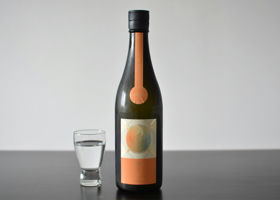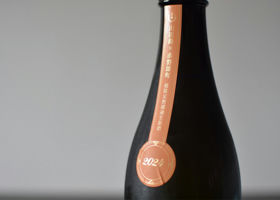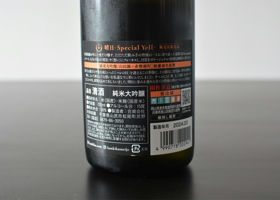



Hori
We purchased a bottle of Kangiku no Harehi in March. It is a bottle for "Hare-no-hi," so we opened a bottle on a special anniversary day in our home.
While the leap day we had the other day had a rather delicate flavor, the Haruhi had a rich and mellow taste.
The consistent sweetness and juiciness of Kangiku was maintained, but with a stronger sweetness with more body and an acidity that accentuated the sweetness. The bitterness and astringency are not present to the extent that they are felt, and it is an impeccably modern type of sake that stands out for its freshness and freshness that is typical of unfiltered, unpasteurized sake.
While Leap Day is made from Gohyakumangoku, a representative of the light-bodied type, Haruhi is made from 80% Akaban Omachi and 20% Yamadanishiki. In addition to the difference in rice polishing ratio (29% for Leap Day and 50% for Haruhi), the difference in rice may also determine the difference in flavor.
Haruhi has a rich, mellow flavor that is delicious enough to be enjoyed on its own, but it could also be enjoyed during a meal. It is not out of place with a purely Japanese dish such as yudofu, and its acidity also made it a good match for roast beef. The best dish is cream cheese wrapped in prosciutto with a sprinkle of coarsely ground black pepper. It was such a perfect match that it would not be an exaggeration to say that the mouth seasoning with Haruhi was a marriage that complemented each other.
Japanese>English